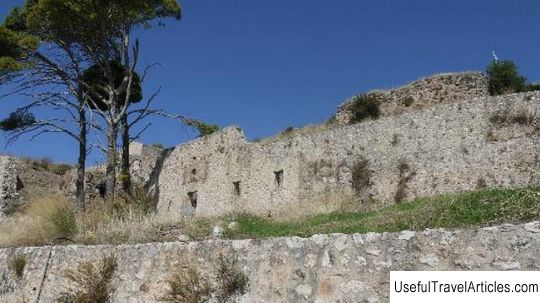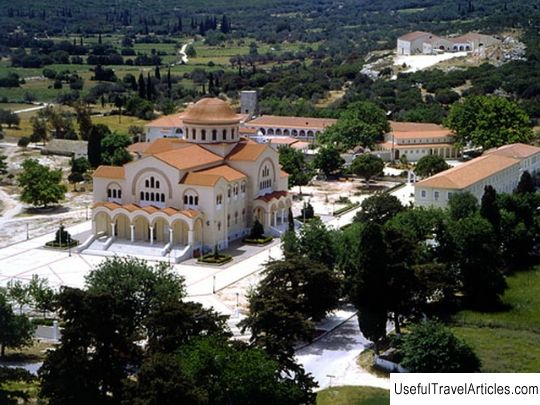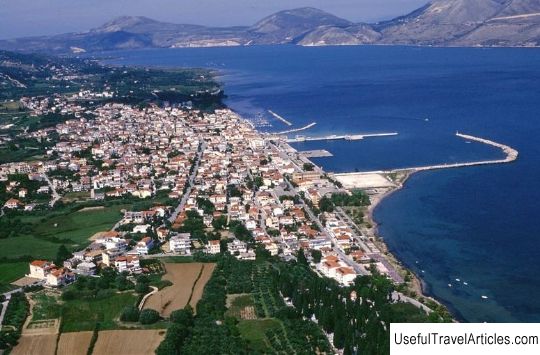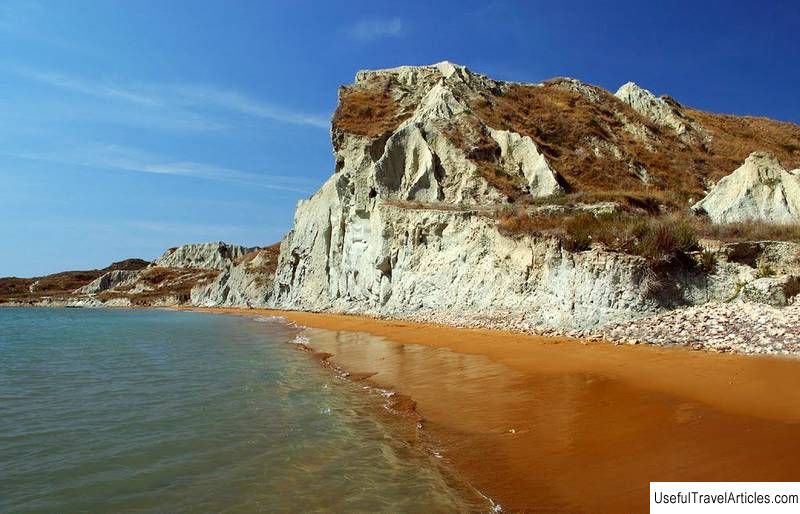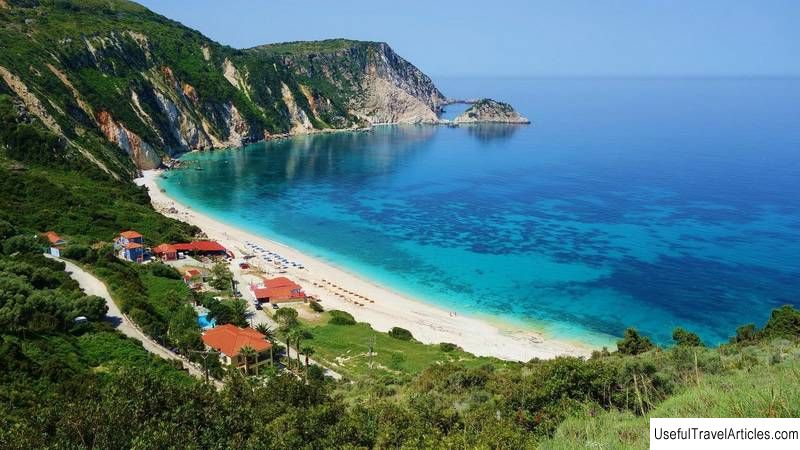St. Andreas Monastery description and photos - Greece: Kefalonia Island
Rating: 7,9/10 (885 votes) 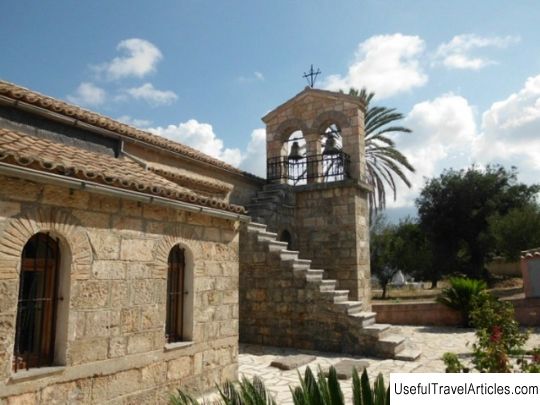
St. Andreas Monastery description and photos - Greece: Kefalonia Island. Detailed information about the attraction. Description, photographs and a map showing the nearest significant objects. The name in English is St. Andreas Monastery. Photos and descriptionsGreece is famous for its beautiful monasteries and churches and the island of Kefalonia is no exception. One of the most famous religious temples of the island is the monastery of St. Andrew. It is located about 10 km from Argostoli, near the ruins of the castle of St. George and not far from the village of Peratata. According to some written sources, the holy monastery was located here in the Byzantine era. In 1579, the three spiritual sisters Benedict, Leondia and Magdalene founded a small nunnery on the site where the chapel of the Apostle Andrew once stood. In the 1630s, the Greco-Romanian princess Roxana donated a large amount of money for the renovation and expansion of the temple, and later she herself became a nun of this monastery, renaming herself Romila (picture, where a nun is depicted together with her parents, and today it is kept within the walls of the monastery). In the early 19th century, during British rule, a conflict arose between the British and the nuns. Divine services in the monastery were suspended for some time, and the magnificent frescoes were safely hidden under a thick layer of plaster for many years. In 1953, the island of Kefalonia was badly damaged by a devastating earthquake. The monastery of St. Andrew was practically destroyed. The only structure that survived was the main katholikon. Then plaster was sprinkled in the monastery church, revealing to people the stunning frescoes of the 13th century, which are of high artistic value. The monastery was restored, and the Byzantine Museum, which was founded in 1988 on the initiative of the Bishop of Kefalonia, was located in the old Catholicon. The museum's collection contains relics dating from 1300-1900, many of which were collected from various temples of Kefalonia destroyed during the earthquake. Among the museum exhibits there is a unique collection of Byzantine icons, various church utensils, vestments, manuscripts and much more. The main relic of the monastery, of course, is the right foot of the Apostle Andrew the First-Called.       We also recommend reading Church of St. Nicholas (Pfarrkirche hl. Nikolaus) description and photos - Austria: Lech Topic: St. Andreas Monastery description and photos - Greece: Kefalonia Island. |
